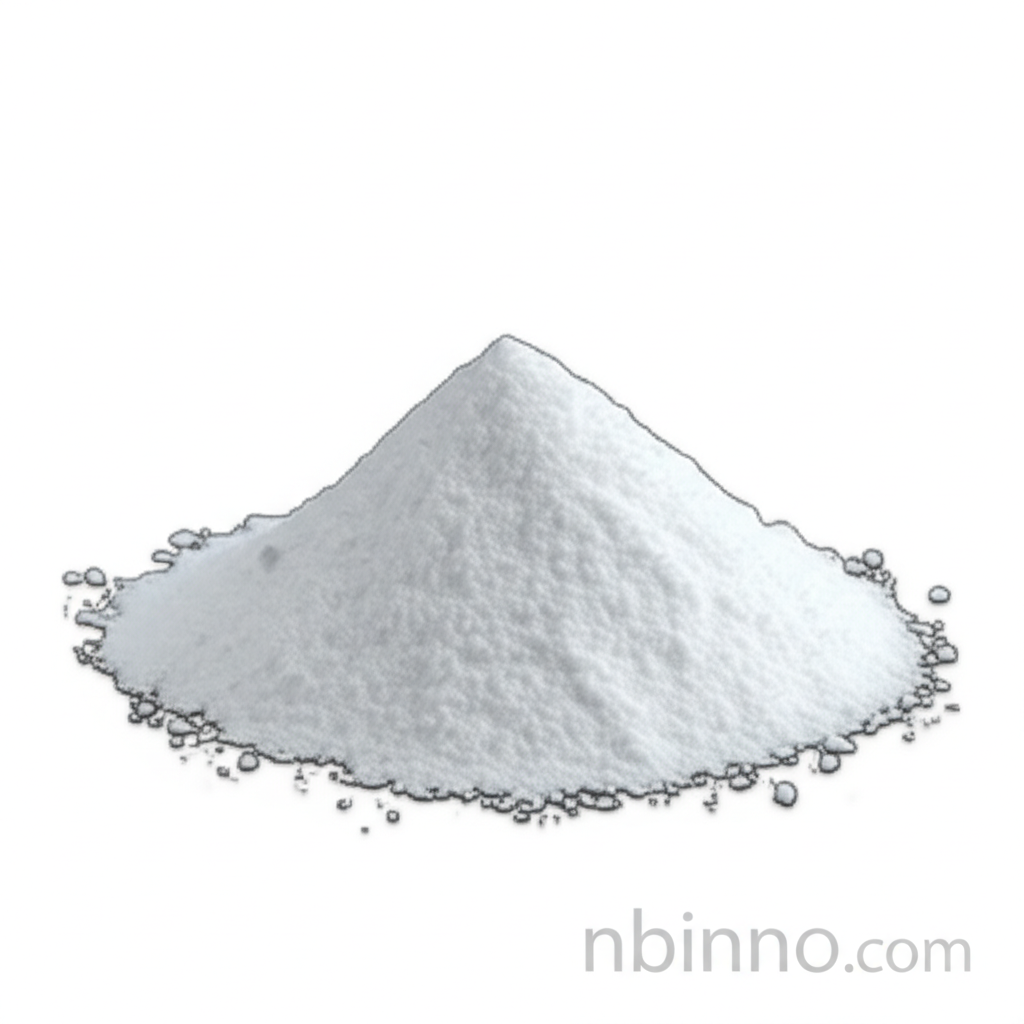Ursodeoxycholic Acid (UDCA): Applications and Market Trends
Discover the comprehensive applications and market insights of Ursodeoxycholic Acid (UDCA) in the pharmaceutical industry.
Get a Quote & SampleProduct Core Value

Ursodeoxycholic Acid
Ursodeoxycholic Acid (UDCA) is a vital bile acid with significant therapeutic applications in managing liver and bile duct disorders. Its primary value lies in its ability to improve bile flow, protect liver cells, and effectively treat conditions such as primary biliary cholangitis and cholesterol gallstones.
- This potent bile acid is crucial for cholesterol gallstone dissolution therapy, making it a key option for non-surgical treatment.
- Ursodeoxycholic acid effectively treats primary biliary cholangitis (PBC), significantly improving liver enzyme levels and patient outcomes.
- The compound protects bile duct and liver cells from damage caused by hydrophobic bile acids.
- It plays a critical role in reducing cholesterol saturation of bile, thereby preventing and dissolving gallstones.
Key Advantages
Therapeutic Efficacy
UDCA offers significant therapeutic benefits, particularly in liver disease treatment, by enhancing bile secretion and reducing hepatotoxicity.
Market Growth Potential
The global demand for UDCA is expanding due to increasing liver-related health issues, presenting a strong udca market trend for growth.
Production Innovations
Advancements in synthetic ursodeoxycholic acid production, including biotechnological methods, are improving efficiency and sustainability.
Key Applications
Gallstone Dissolution
UDCA is a primary agent for the cholesterol gallstone dissolution, offering a non-surgical alternative for patients.
Liver Disease Management
Its use in primary biliary cholangitis treatment and other cholestatic diseases makes it essential for hepatobiliary health.
Cholesterol Reduction
UDCA contributes to cholesterol reduction by impacting bile composition and absorption, aiding in overall cardiovascular health.
Biliary Tract Protection
The compound acts as a biliary tract protective agent, safeguarding epithelial cells and promoting better bile flow.
